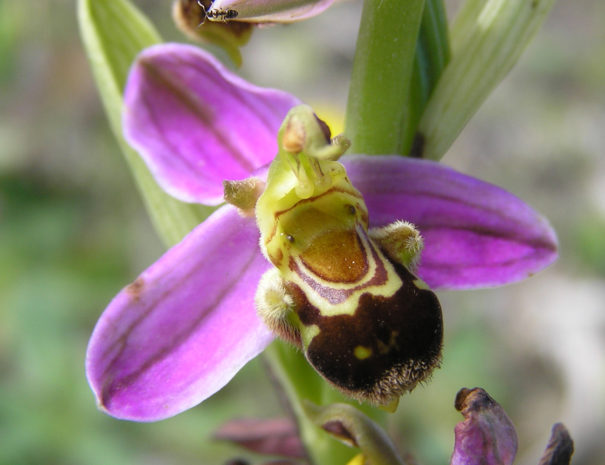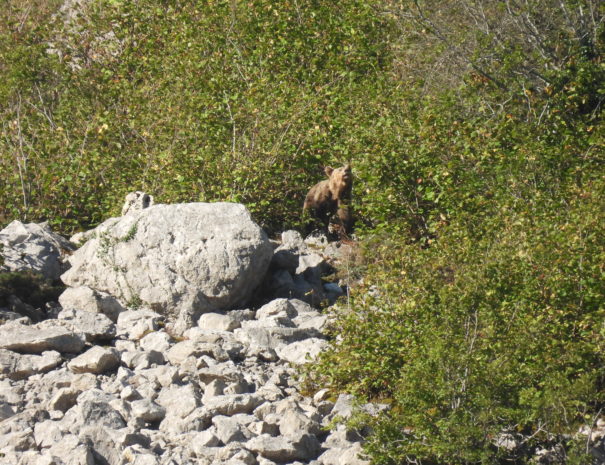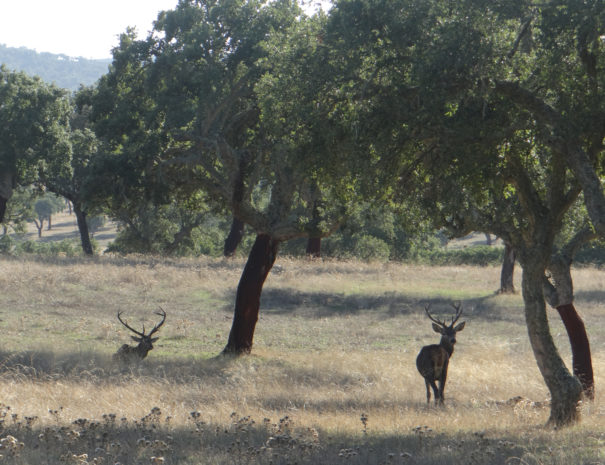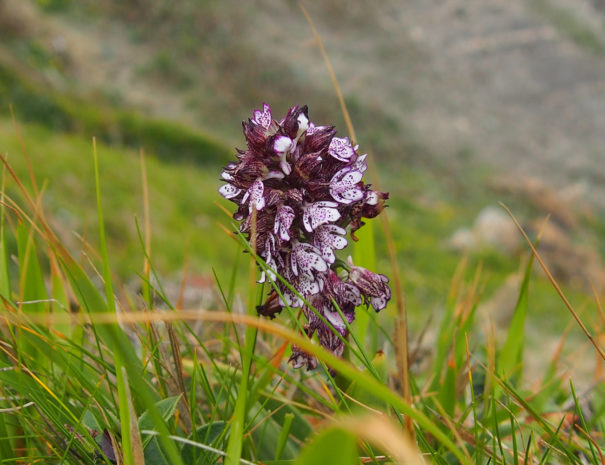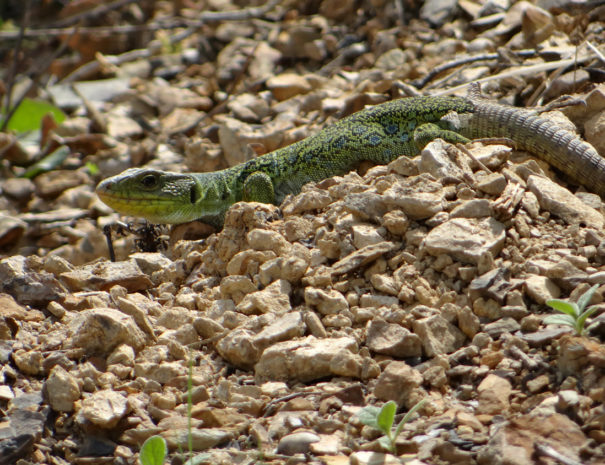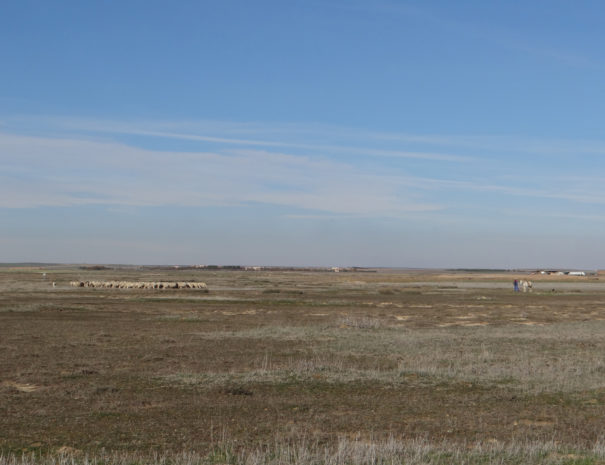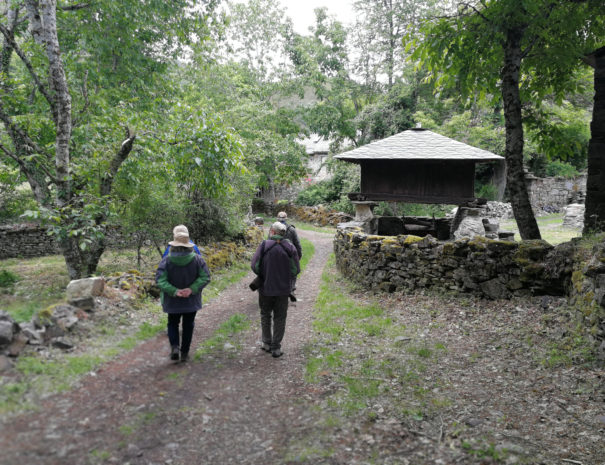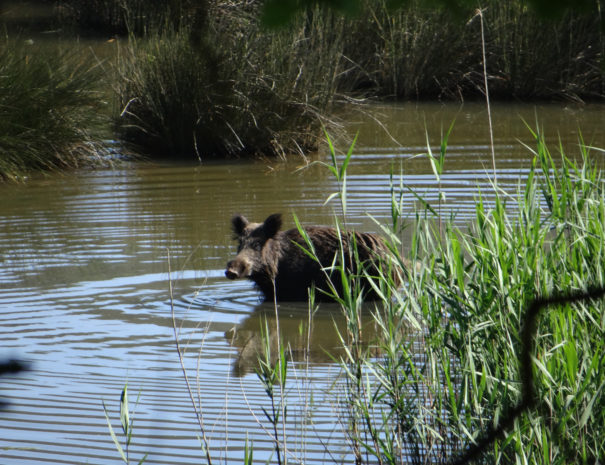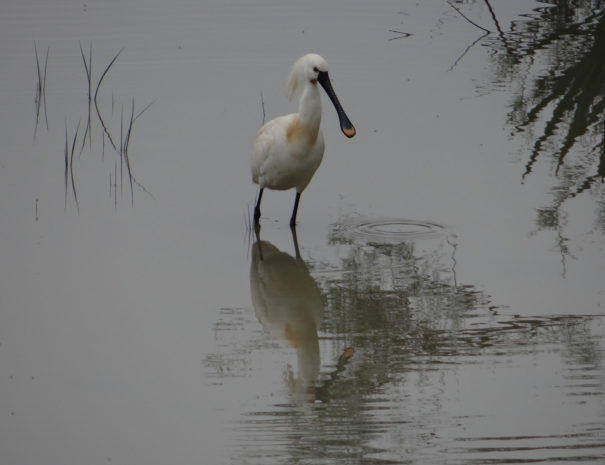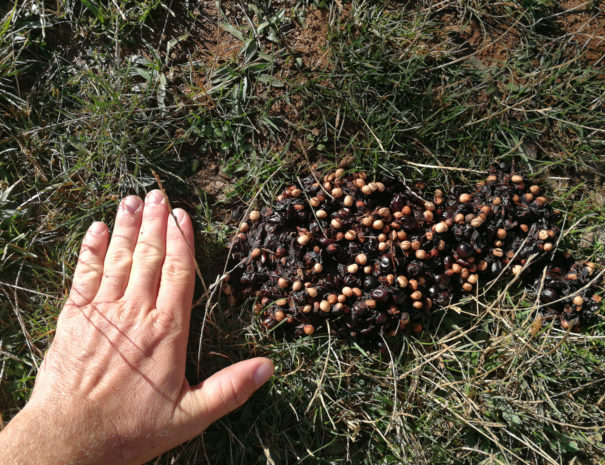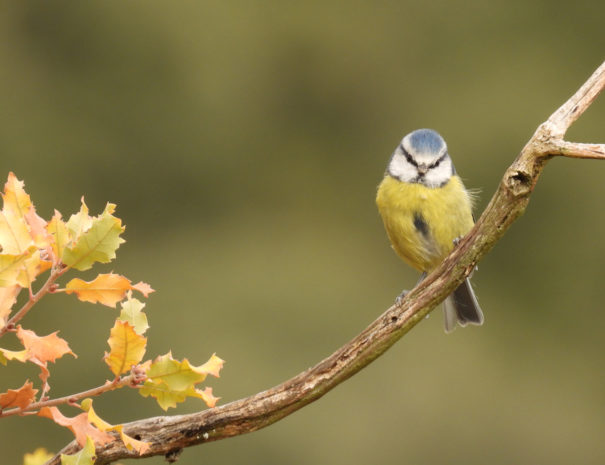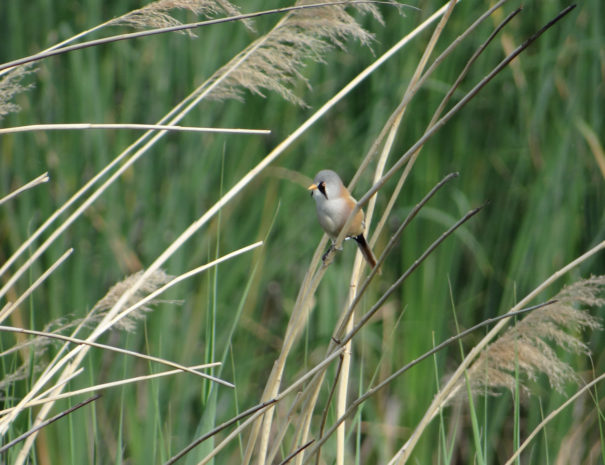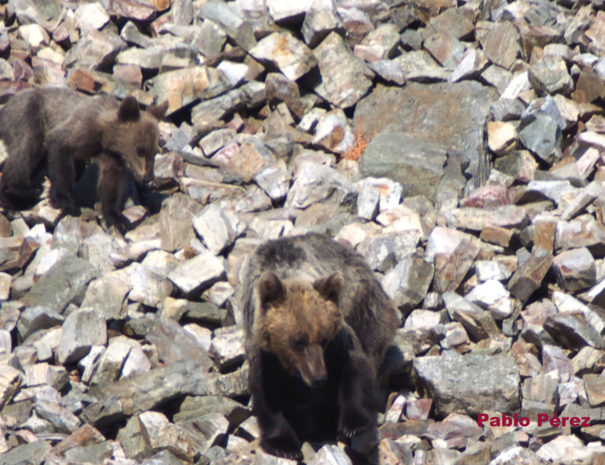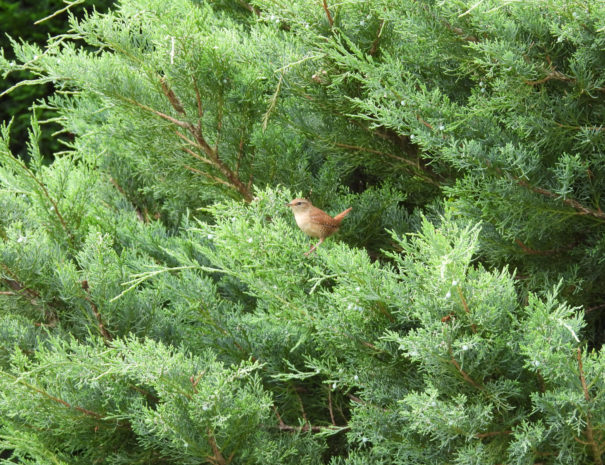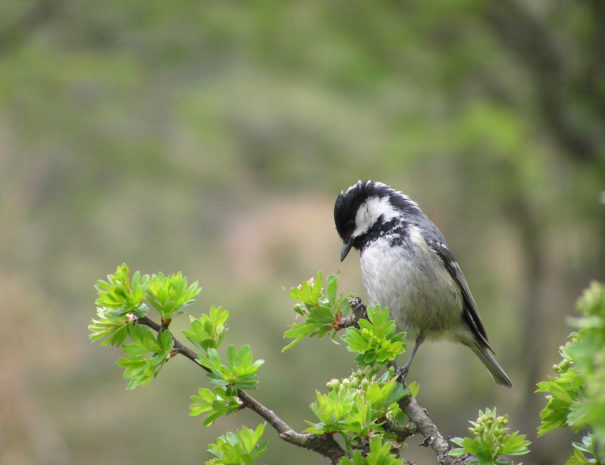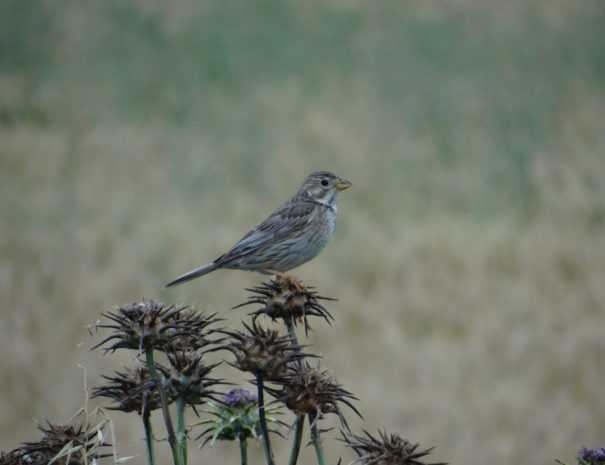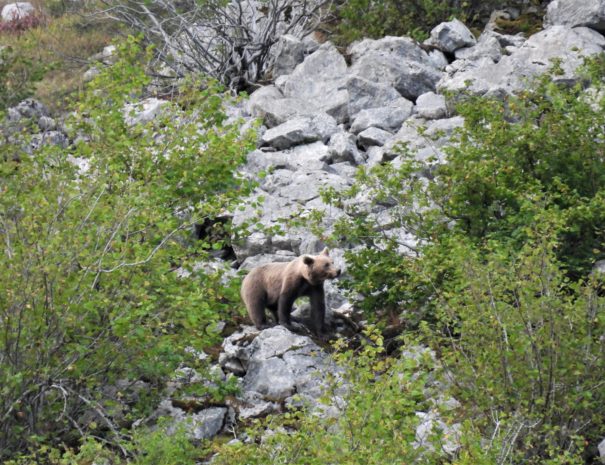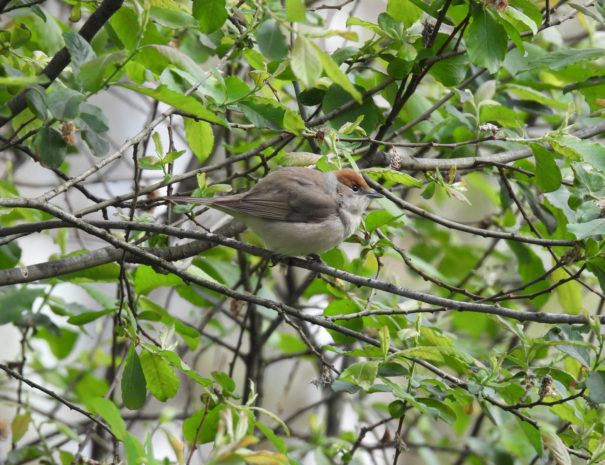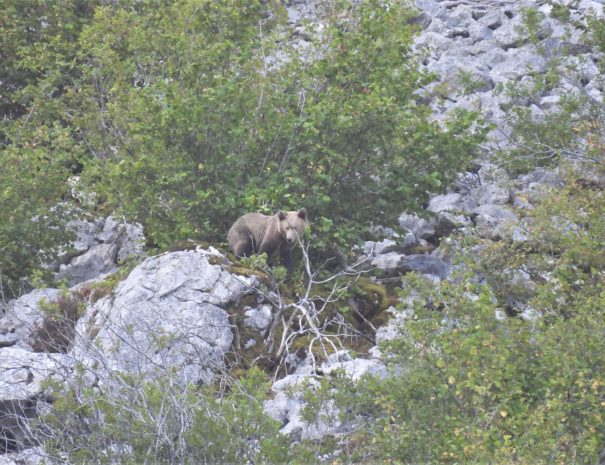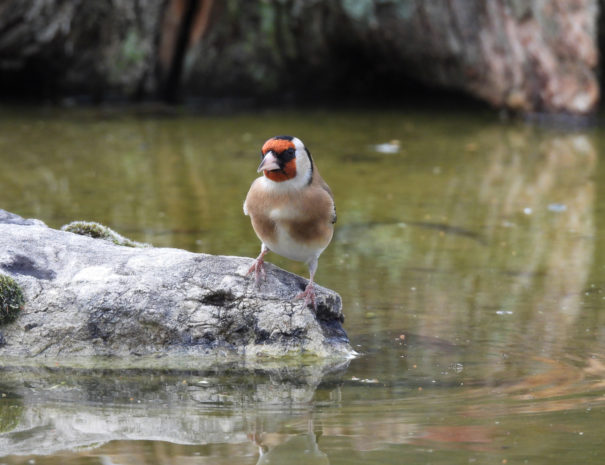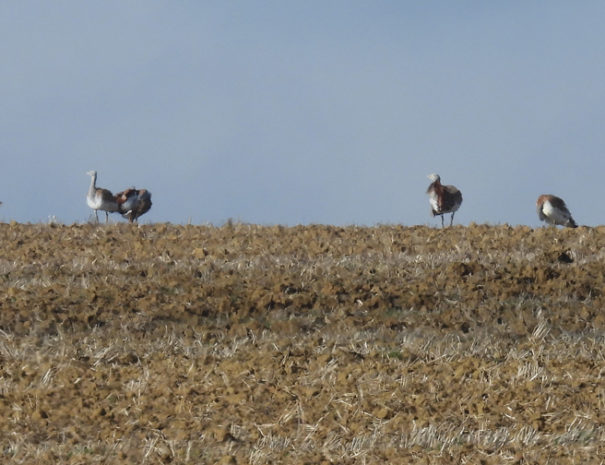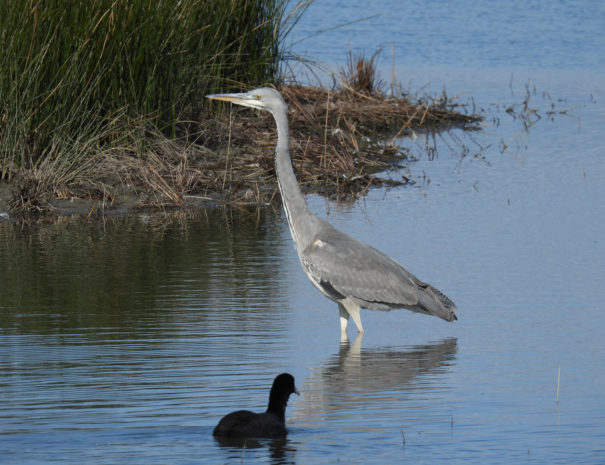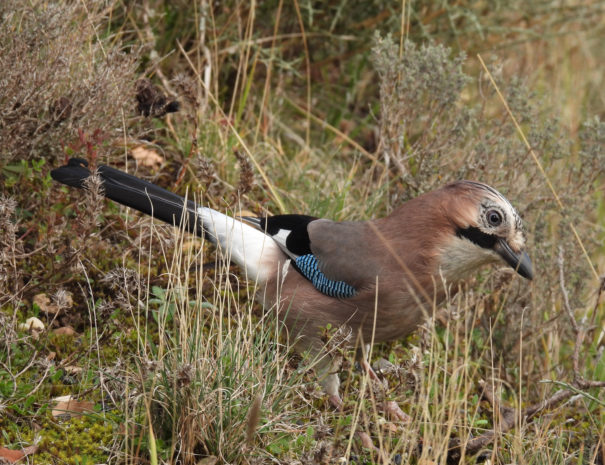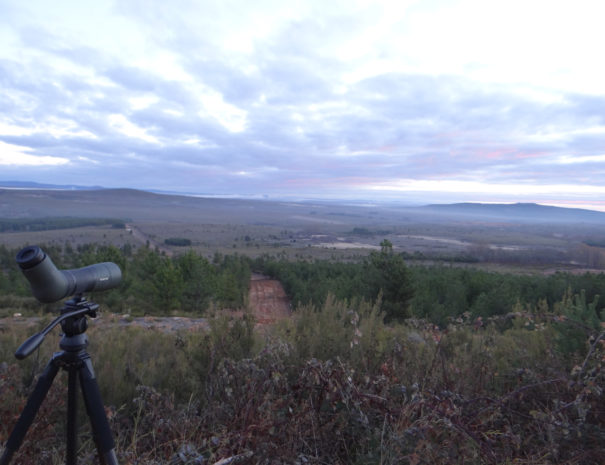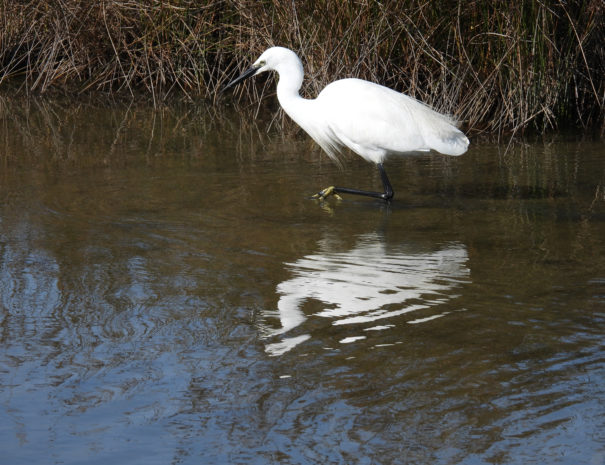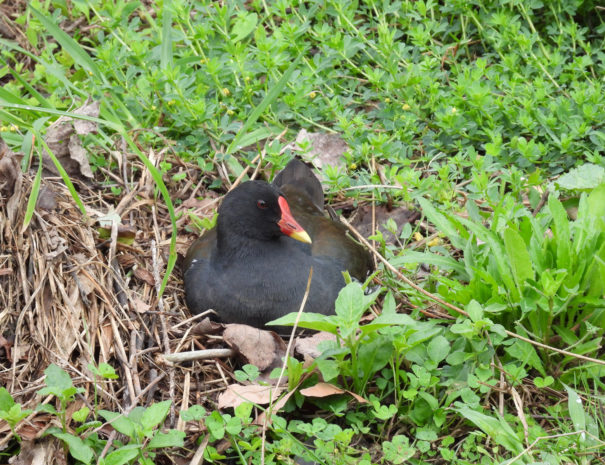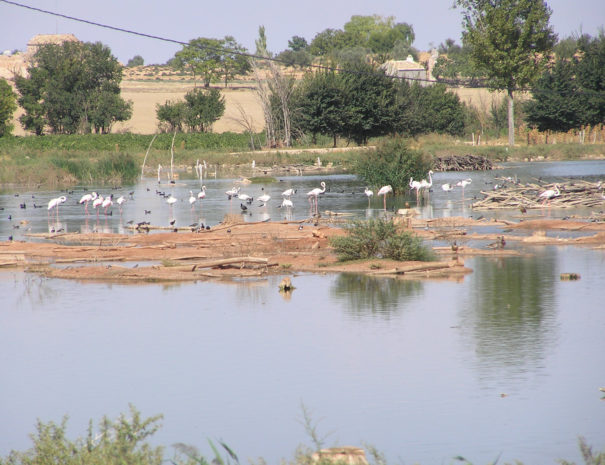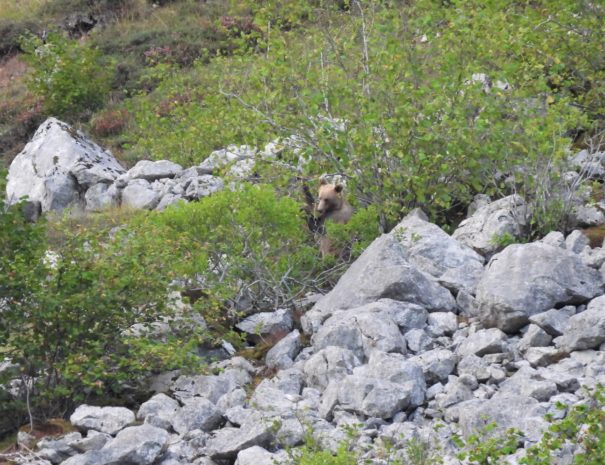DAY 1- ARRIVAL TO MADRID CITY
Madrid is the capital of Spain, and offers an incredible range of historical buildings and museums to visit, and also a good deal of birding at “Parque el Retiro”, in the heart of the city. There is an optional arrangement for the chance to arrive earlier for those interested in spending more time visiting the city on their own.
The guides, Pablo and Manu, will be there to meet you at the airport, and at 7 P.M. we will all gather for a briefing of the tour. Soon after, we will go for dinner to a nearby restaurant, which is in walking distance from our first hotel of the tour, the “Sercotel Hotel”.
DAY 2- WETLANDS OF CASTILLA LA MANCHA- TOLEDO
At 8am we will drive south for two hours to visit the lagoons of Navaseca first, and afterwards the nearby Tablas de Daimiel National Park. These significant wetlands are really important for distinct birds such as a flamingo, marbled teal, white-headed duck, purple gallinule, pied avocet, bearded reedling, whiskered tern, and local species of fresh water turtle.
After lunch, and just before heading to Toledo, we will drive for an hour and a half and visit the impressive Burujon Canyon. This breathtaking canyon soars over the Tajo River and is a great spot to look for purple gallinule, peregrine falcon, eagle owl, marsh harrier, and night and purple heron.
We will end the day with a delightful visit to the famous, historical medieval city of Toledo, where we will also find lodgings at our next hotel “El Parador Hotel” in the city itself.
DAY 3- TOLEDO TO MONFRAGUE NATIONAL PARK
At 8am we will set off and drive for two hours to the Monfragüe National Park: the birding jewel of Extremadura. This is for sure the most significant location in Spain where, in a single day, one can can tick off their list the spanish imperial eagle, bonelli´s eagle, golden eagle, and short toed eagle. Furthermore, there are three of the four species of vultures present that take to wing in Spain; the griffon, the cinereous and the egyptian. Some other birds such as the black stork, golden oriole, subalpine and western orphean warbler, hoopoe, or the woodchat shrike can also be found in the “Dehesa” landscape of Monfragüe.
This night we will have dinner at our third hotel, the “Hospederia del Parque de Monfragüe”.
DAY 4 - MONFRAGÜE AND CÁCERES PLAINS
At 8am we will take a short drive from the Hotel to the Santa Marta de Magasca plains in order to look for steppe birds. April is the best time of the year to witness the spectacular courtship displays of the great bustard and the little bustard males which congregate in the lakes. In addition, this is an excellent location for calandra lark, great spotted cuckoo, little owl, and sandgrouse.
During the evening, we will visit the historical city of Trujillo, which is famous for being home to some spanish conquistadors such as Francisco Pizarro, as well as home to significant birds such as lesser kestrel, white stork, pallid swift, or red rumped swallow.
We will be back at the hotel in the evening with time enough to snoop around searching for some local interesting bird colonies of the Spanish sparrow, and azure-winged magpie.
DAY 5- CACERES PLAINS TO VILLARDECIERVOS
Early in the morning we will drive back to the Caceres and Trujillo plains to get a second chance at securing observations of the scarce birds to be found here while including some extra appealing ones such as the roller, the southern grey shrike or the colorful bee eater.
After lunch, we will drive for approximately two and half hours up north towards Villardeciervos in Zamora, where we will be sleeping in our new hotel for the night.
DAY 6- VILLARDECIERVOS- VILLAFAFILA-SOMIEDO
We will begin the morning with an early start for wildlife observation nearby the hotel area, and afterwards driving for an hour to Villafafila lagoons, well known for the densest congregations of great bustard in all of Spain.
Furthermore, it is an excellent location as well for other birds such as the common quail, red-legged partridge, eurasian skylark, spotless starling, stone curlew, crested lark, black winged stilt, montagu’s harrier, gull-billed tern along with migratory waders such as ruff.
After lunch, we will drive North for 3 hours until we reach Somiedo Natural Park, where we will spend two nights. We will be staying at the Hotel Caunedo, which is where we will get our first chance for sightings of brown bear and chamois.
DAY 7- SOMIEDO
Somiedo is located in the northern part of the Cantabrian mountain Range which means it lies at the beginning of the atlantic climate region. Very quickly we will notice how the landscape changes from the dry, yellow plains of the plateau to the wet, green slopes and valleys of this stunning mountainous terrain. Somiedo is proudly known for not having turned its back on traditional farming methods as well as practising sustainable development within ecotourism and rural development.
The most significant birds in Somiedo are the whitethroat warbler, water pipit, wood lark, northern wheatear, short toed eagle, common buzzard, golden eagle, and if we really get lucky, the unforgettable lammergeyer and the much-appreciated wall creeper.
However, the most majestic piece of natural beauty to be found here that really represents Somiedo is the cantabrian brown bear. We can expect sightings during its mating season upon the upper part of the mountains foraging on fresh grass, or searching for new mates.
After another long day, we will return to the hotel in Caunedo for a sumptuous meal and a good night’s sleep.
DAY 8- SOMIEDO- LLANES- POTES
Another early start for bear sightings before stopping for a coffee break in Pola de Somiedo. We will then drive towards the Cantabric Sea in the Atlantic Ocean to do a short walk near the coast next the fishing village of Llanes. In this picturesque seaside port we will sit down for a seafood lunch to enjoy the catch of the day while remaining on the lookout for yellow legged seagull, tawny pipit, shag or even gannets.
After our brief encounter with the ocean, we will take a one hour drive back into the heart of the mountains of the famous “Picos de Europa” range where we will stop for a quick visit of the charismatic town of Potes before heading to Hotel El Oso. After settling in, we will sit down to another fabulous meal, this time to try some of the local mountain gastronomy.
DAY 9 - POTES
In the case of optimal weather conditions, we will take the cable car in Fuente Dé which will leave us high up the mountains of “Los Picos” where we will commence to look for chamois, snowfinch, wallcreeper, alpine accentor and alpine chough.
If this is not the case, we will have to settle for the lower lands of Liébana and visit its woodlands with local populations of black woodpecker, short toed treecreeper, middle spotted woodpecker, wester bonelly´s warbler, pied flycatcher, booted eagle and honey buzzard.
During the afternoon we could also take in a short visit of some of the Romanesque mountain chapels or traditional cheese making factories. Dinner and rest will be found at the end of the day back at the Hotel El Oso.
DAY 10 – POTES-BILBAO
After an excellent breakfast at El Oso hotel, we will be driving for two hours from Potes to Bilbao city in the Basque Country. We will have some extra time off in the city to visit the famous Guggenheim Museum, and also look for black redstart, collared dove, serin, or black kite.
This night we will be staying at the very comfortable Barcelo Bilbao Hotel where we will delight in the famous local basque tapas, called “pintxos” in Bilbao.
DAY 11- BILBAO-URDAIBAI
At 9 Am in the morning we will drive for fifty minutes to the iconic and picturesque San Juan the Gastelugatze coastal chapel, and then drive up to the Urdaibai Bird center in the Gernika area, both within the Bay of Biscay. This interesting bird interpretation center is really well located in the heart of the marshes in which lots of birds will be using at this time of year thanks to their migration paths. We will come across spoonbill, godwall, dunling, ring plover, common snipe, red backed shrike, great and cattle egret, osprey, hobby, marsh harrier, green iberian woodpecker and iberian yellow wagtail.
To round off the day, and right before heading back to Bilbao for our last evening, we will make a stop at the Berroja winery where we can try one of the local delights; a uniquely tasting local white wine called “Txakoli”. With the aftertaste of the Txakoli lingering on our palettes, we will arrive back to Bilbao with time enough to wander the streets before dinner in the restaurant. Once we are all gathered, we will finalize the already extended species check list!
DAY 12- BILBAO- FLY OUT
Provided we have time enough on the way to the airport, we will visit a century old transporter bridge at the head of the Nervion River called the “Puente Colgante” in Getxo. Perhaps some of you may wish to extend your time in the region to soak in more of the local culture and its trappings.
